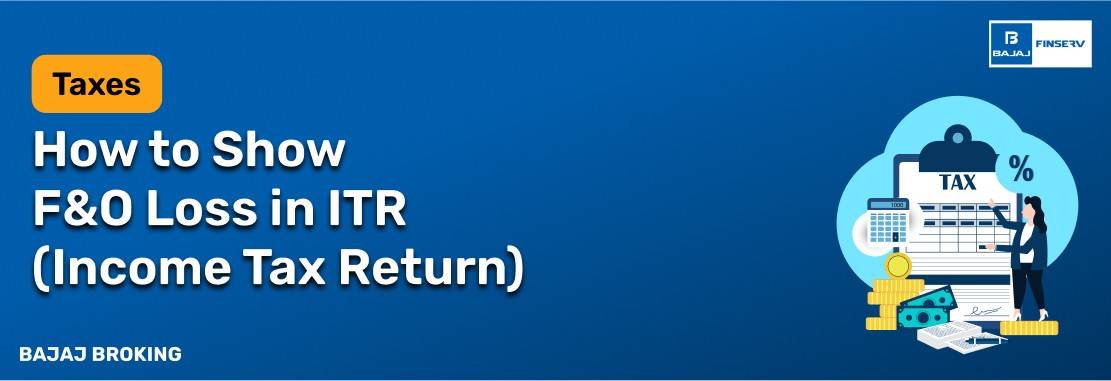Finding the right financial advisor involves more than just a quick search. It starts with understanding your financial needs, whether it's retirement planning, investment strategies, insurance, or tax optimisation.
A good advisor will help define your goals, assess your risk tolerance, and structure a personalized financial plan. Check for relevant qualifications like CFP (Certified Financial Planner) or SEBI Registered Investment Advisor (RIA). You should also verify the advisor’s fee model, credentials, client reviews, and transparency before choosing.
What is Financial Advisor?
A financial advisor is a qualified professional who guides individuals or businesses in managing money effectively. This includes investment planning, budgeting, tax strategy, insurance, and retirement planning.
Financial advisors may work independently or with financial institutions. They offer advice based on your financial goals, income, and risk appetite. Advisors can charge a fee, take commissions, or follow a mix of both. It's essential to understand the scope of advice they provide before you begin working with one.
Role of Mutual Fund Advisors
Assist with fund selection based on goals and time horizon.
Explain risk levels, return expectations, and fund categories.
Help initiate SIPs (Systematic Investment Plans)
Monitor fund performance and suggest portfolio rebalancing.
Educate investors about expense ratios and exit loads.
Offer tax-saving suggestions through ELSS (Equity Linked Savings Schemes)
Mutual fund advisors simplify decision-making by aligning your risk appetite with suitable mutual fund schemes, especially for first-time investors.
How to Choose a Financial Advisor?
Certifications: Look for SEBI-registered RIAs or CFP-certified professionals.
Experience: Evaluate years in the industry and areas of specialization.
Fee Structure: Understand if the advisor is fee-only, commission-based, or both.
Transparency: Review their disclosures, product recommendations, and conflict-of-interest policies.
Communication: Choose someone who explains concepts clearly and is available when needed.
The right advisor should offer objective advice and tailor strategies to your evolving financial goals.
Read Also: How to become a registered financial advisor
Narrowing the Gap Between Objectives and Risk
Many people have mismatched goals and risk-taking ability.
Advisors bridge this gap by recalibrating expectations and creating realistic timelines.
They help you prioritize between essential (e.g., insurance) and aspirational goals (e.g., travel fund).
They perform regular reviews to track deviations and course-correct plans.
Help you avoid emotional investing during market highs or lows.
A good financial advisor brings discipline, data-backed decisions, and emotional neutrality to your money journey.
Conclusion
A financial advisor can help you build a roadmap for your future, manage uncertainty, and make confident decisions. Whether you’re starting your financial journey or optimizing an existing portfolio, an advisor provides clarity and accountability.
Choose an advisor who understands your needs, educates you throughout the process, and adds long-term value. Ultimately, the right advisor becomes a partner in achieving your financial well-being.





